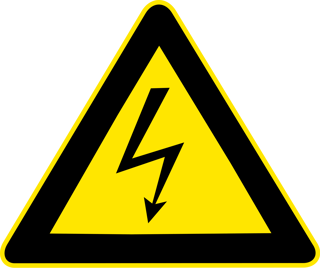For those that test cables and harnesses, high voltage testing is not only useful but absolutely necessary for some projects. Lucky for you, Cirris has already taken the steps to ensure our high voltage testers are safe.
High voltage (hipot) testing is used to expose a variety of potential problems such as defects and contaminates that could cause the cable to fail. There are two main types of high voltage tests.
- In a dielectric withstand test (DW test), a voltage much higher than the normal operating voltage is applied to ensure the insulation can withstand a higher amount of voltage (such as a surge) without failing.
- In an IR Test, a device’s overall electrical insulation resistance is measured to ensure that it meets the specified value.
Cirris testers have systems in place to ensure you are safe during high voltage testing. However, you can never be too safe. Cirris has a few recommendations to ensure the person using the tester and everyone within proximity of testing is safe during high voltage tests.
Training
Cirris provides articles like this one as well as information inside user manuals that can warn about the dangers of high voltage and give ideas on how to be safe. Any employee using a high voltage tester should read and understand this information before testing. Regular training by a supervisor is recommended.
Process
Some processes use lights and/or sounds to alert people nearby when testing with high voltage. Not only should you have a process in place when testing with high voltage, but you should always be looking for ways to improve these processes. Is there anything else you can do to make your shop a little safer?
Preparation
Place warning signs in areas where high voltage is used. Systems like this will help keep the people in your shop safe. You should also be prepared in case of an emergency. Make sure employees are trained in case of an accident and that emergency response equipment is located nearby.
The valuable information gained during a high voltage test should not be sacrificed over safety concerns. As long as you are prepared you can test high voltage without worrying. Many accidents occur when certain precautions are ignored. Ignorance and laziness are culprits of high voltage accidents. Diligently look for ways to improve high voltage testing and make your shop safer.
The following article gives more examples on how to test safely with high voltage.

Further Reading:
What is the Difference between High Voltage and Hipot?
A Simple Way to Shorten High Voltage (Hipot) Test Time
3 Reasons You Should Invest in High Voltage Testing